10 Data Labeling Platform for Automated Data Annotation
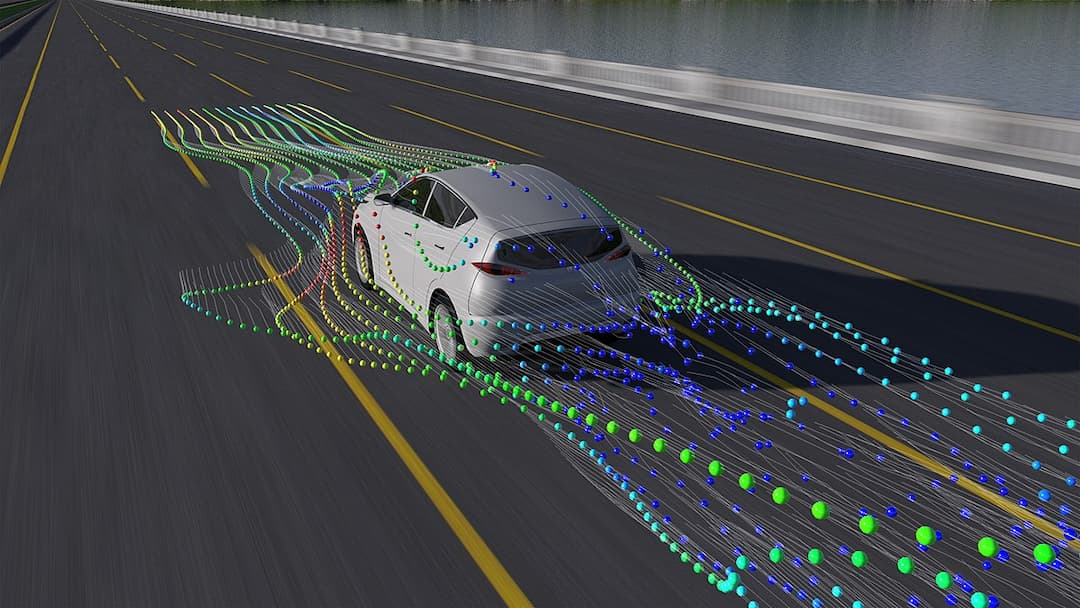
Data labeling is an essential process in machine learning and artificial intelligence that involves the tagging, classification, and annotation of data.
However, manual data labeling can be time-consuming and expensive, which has led to the development of automated data labeling platforms. These platforms use various techniques such as computer vision and natural language processing to automate the data labeling process.
In this blog, we will explore the best data labeling and annotation platforms for automated data labeling. We will discuss their features, advantages, and limitations to help you choose the right platform for your needs.
Whether you are a data scientist, machine learning engineer, or AI researcher, this blog will provide valuable insights into the top data labeling platforms available today.
What is a data labeling and annotation platform?
A data labeling platform is a software tool or service that enables users to label or annotate data for use in machine learning models.
The process of data labeling involves adding relevant information or metadata to a dataset, such as images, videos, or text, to help machine learning algorithms understand the data and make accurate predictions or classifications.
Data labeling platforms typically offer a range of tools and features to make the process of labeling data more efficient and accurate. Some of the data platform essential features may include pre-built labeling templates, annotation tools for drawing bounding boxes or other shapes around objects, and options for collaborative labeling by multiple annotators.
Data labeling platforms may also use advanced techniques such as computer vision or natural language processing to automate the labeling process, reducing the need for manual labeling by humans. This can improve the accuracy and speed of data labeling, making it easier to create high-quality datasets for machine learning applications.
Some of the best data labeling platforms for automated data labeling
Data labeling is a crucial task in machine learning and artificial intelligence, as it involves categorizing data into specific categories or labels.
However, labeling large amounts of data manually can be time-consuming and expensive. To address this challenge, many data labeling platforms have emerged, offering automated data labeling services.
Here are the top data labeling platforms for automated data labeling:
1. Labelbox
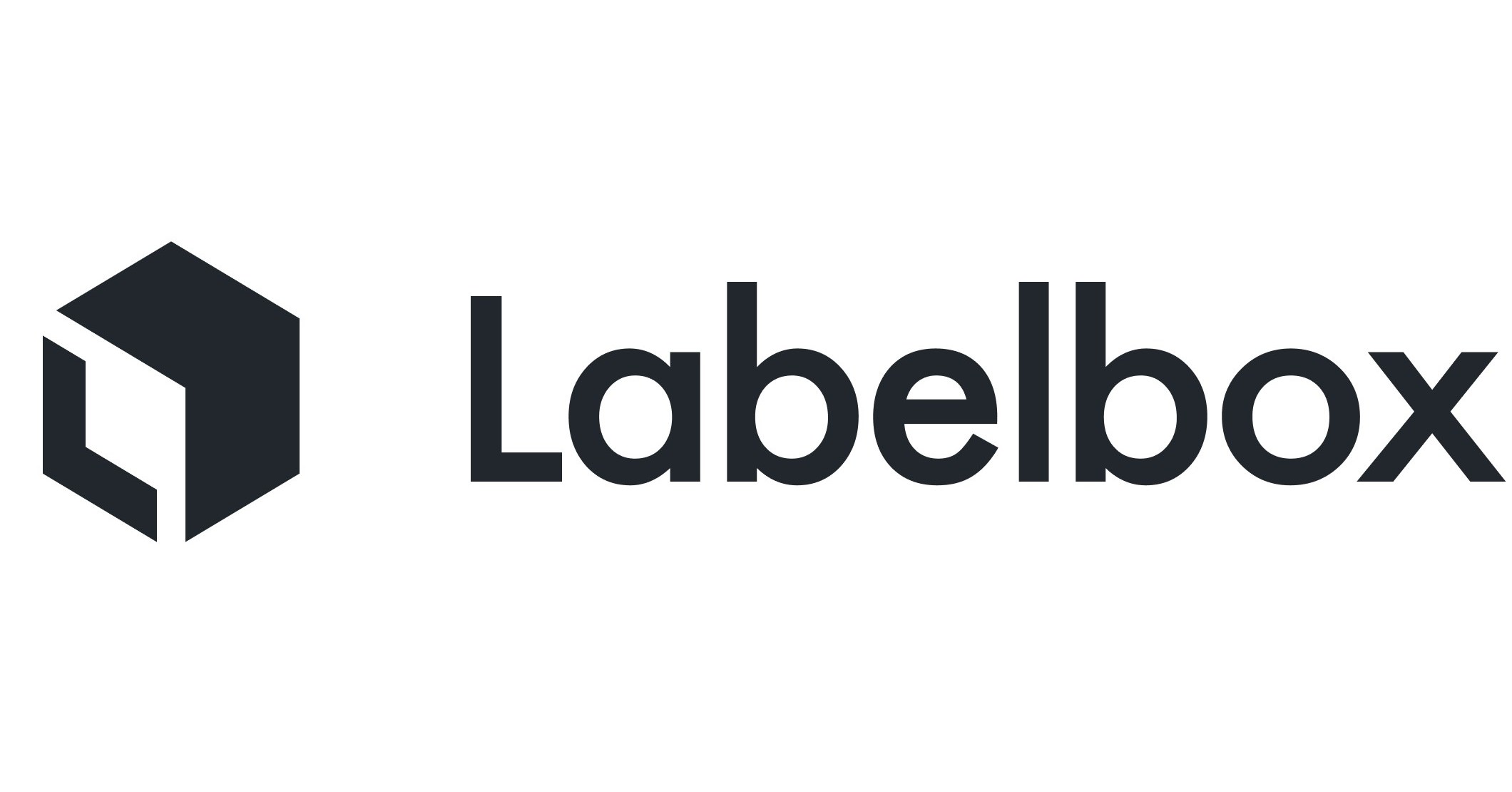
Labelbox is a popular data labeling platform that offers a range of annotation tools, including bounding boxes, polygons, and semantic segmentation. It uses active learning algorithms to reduce labeling time and increase accuracy.
2. Amazon SageMaker Ground Truth
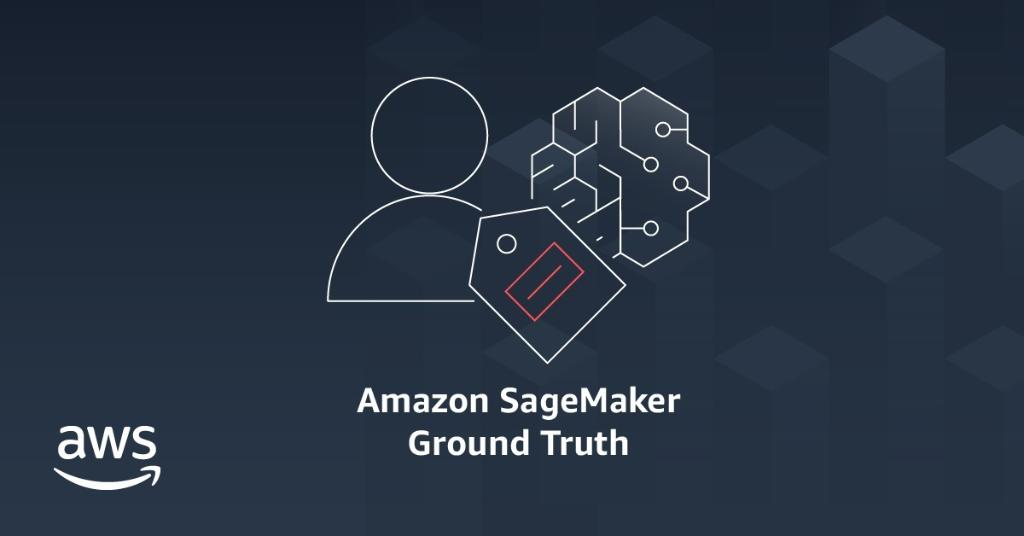
Amazon SageMaker Ground Truth is a fully managed data labeling service that uses machine learning algorithms to label data automatically. It supports a variety of annotation tasks, including image classification, object detection, and text classification.
3. Labellerr

Labellerr is an AI-powered image annotation tool that uses a smart-feedback tool that helps AI-first organizations develop computer vision AI to bring automation to their data pipeline. It offers a range of annotation types, including bounding boxes, polygons, automated object detection, and automated semantic segmentation.
It also has built-in quality control features to ensure accurate annotations.It is a collaborative data annotation platform that allows multiple users with different level of role perform the task simultaneously.
One of the few annotation tools that got mentioned in the IBM Research paper submitted at NeurIPS 2020 as published in the Journal of Machine Learning Research. Download the report.
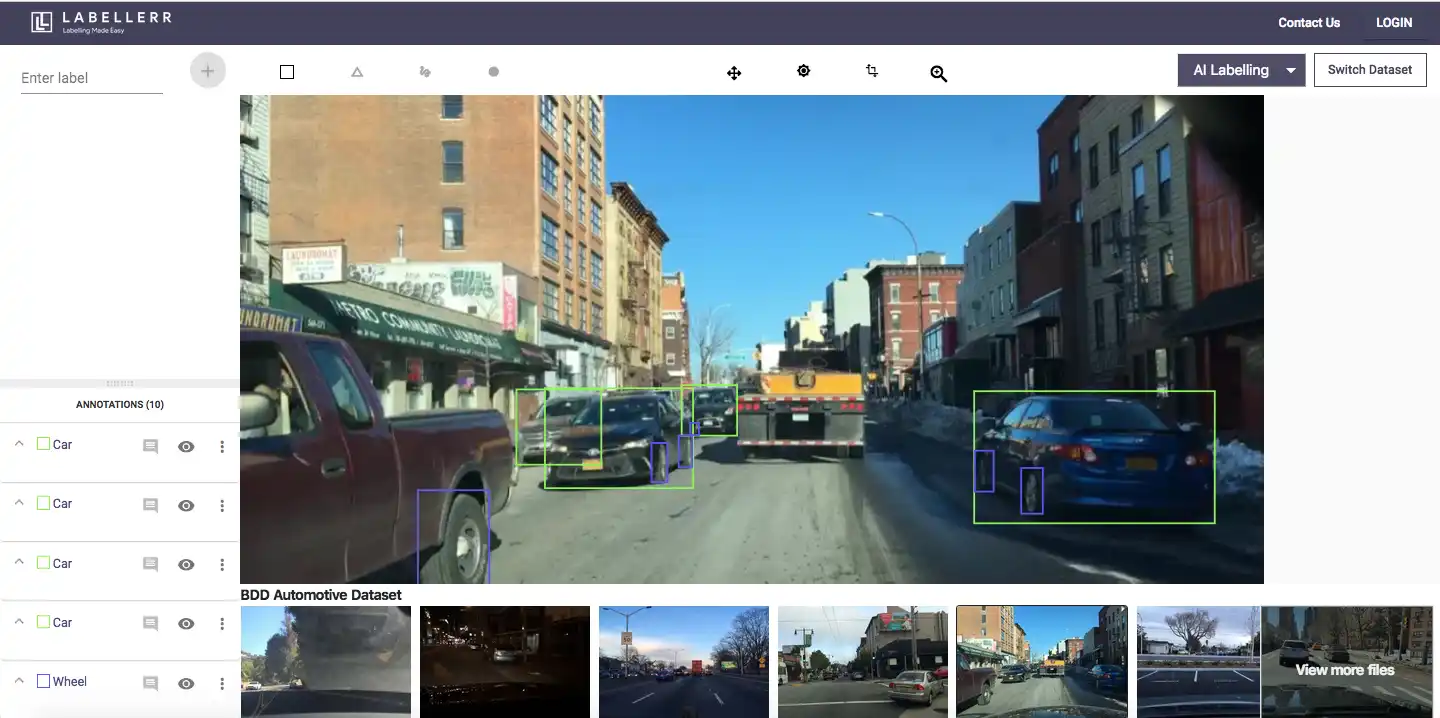
Train your data with Labellerr
Automate any image annotation project in a few clicks to save time and reduce cost.
4. SuperAnnotate
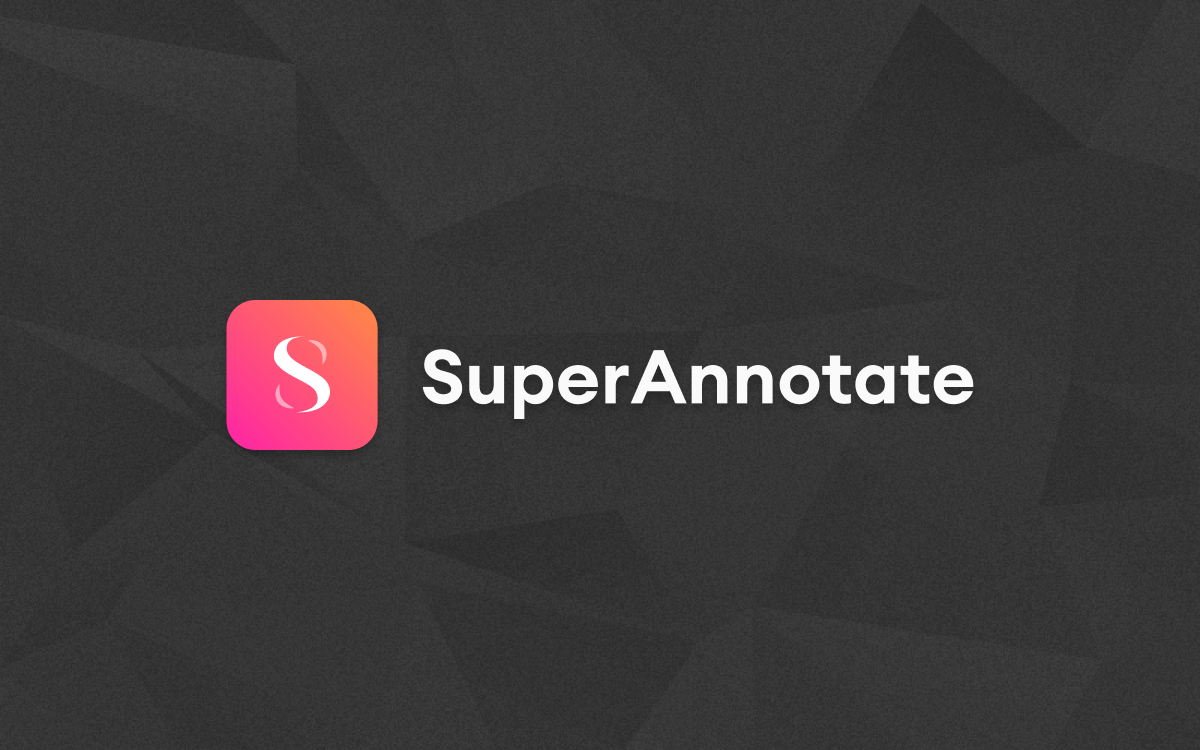
SuperAnnotate is a data labeling platform that uses advanced annotation tools, such as instance segmentation and keypoint annotation, to label data accurately. It also offers a range of collaborative features, making it easy for teams to work together on labeling tasks.
5. Scale AI
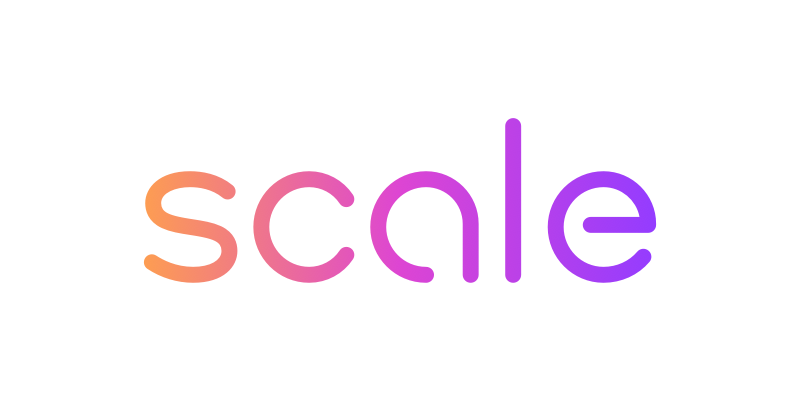
Scale AI is a data labeling platform that uses machine learning algorithms to label data quickly and accurately. It supports a variety of annotation tasks, including image classification, object detection, and video annotation.
6. CloudFactory
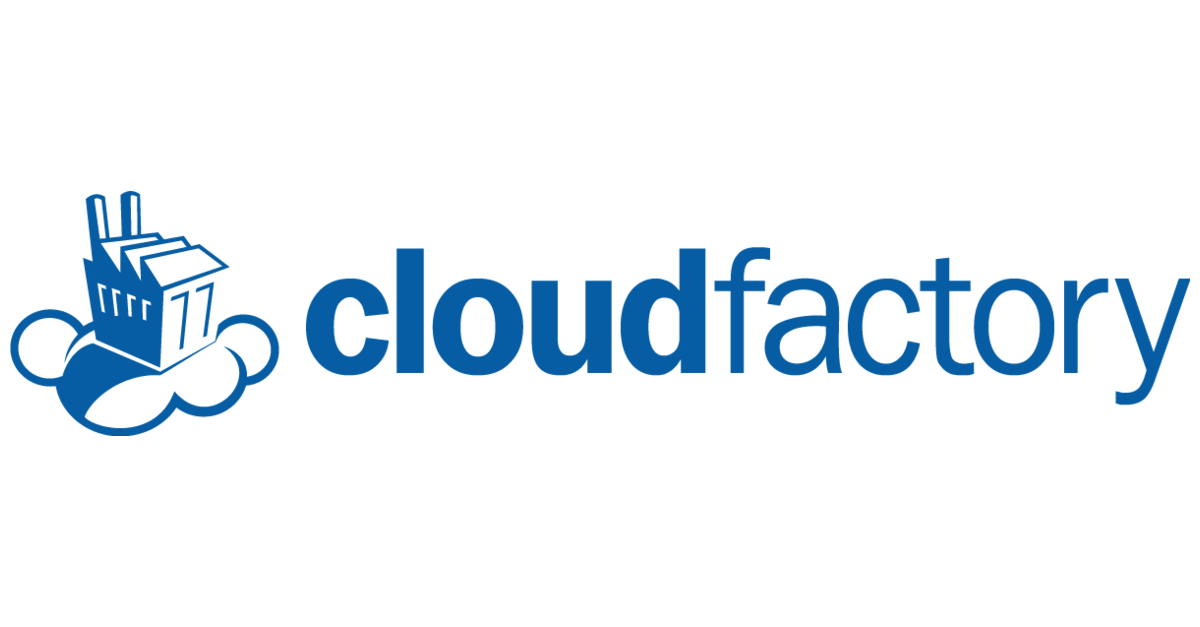
CloudFactory is a data labeling platform that provides access to a global workforce of trained data labelers. It offers a range of annotation tasks, including image annotation, text annotation, and audio annotation.
7. Appen
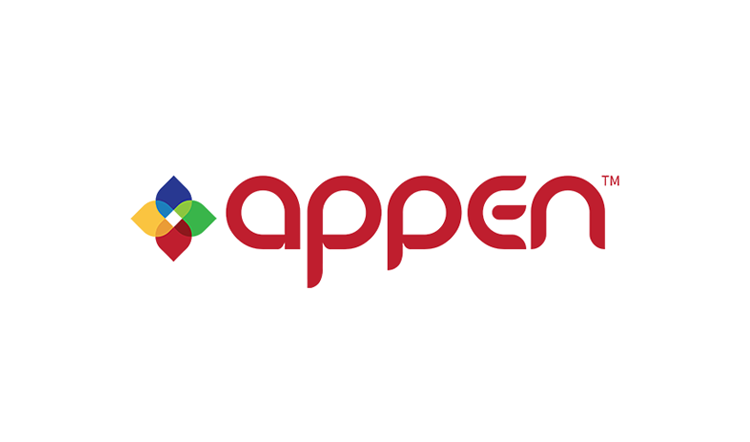
Appen is a data labeling platform that uses machine learning algorithms and a global workforce of trained annotators to label data quickly and accurately. It supports a variety of annotation tasks, including image annotation, text annotation, and audio annotation.
8. LabelImg
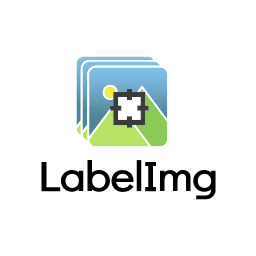
LabelImg is an open-source graphical image annotation tool that allows users to label images quickly and easily. It supports a variety of annotation tasks, including bounding boxes and polygons.
9. Dataturks
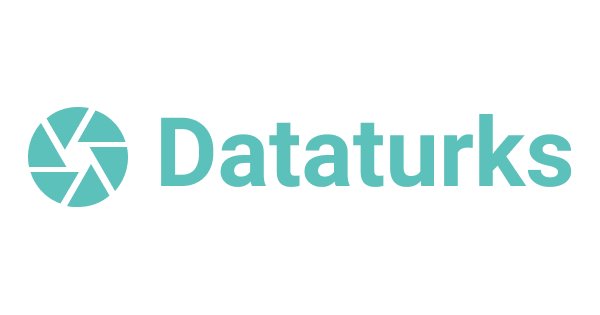
Dataturks is an easy-to-use data labeling platform that supports a variety of annotation tasks, including text classification, named entity recognition, sentiment analysis, and image annotation. It provides a simple, intuitive interface for creating and managing annotations. Dataturks also offers a powerful API for integrating with your machine-learning pipelines.
10. Deep Vision AI
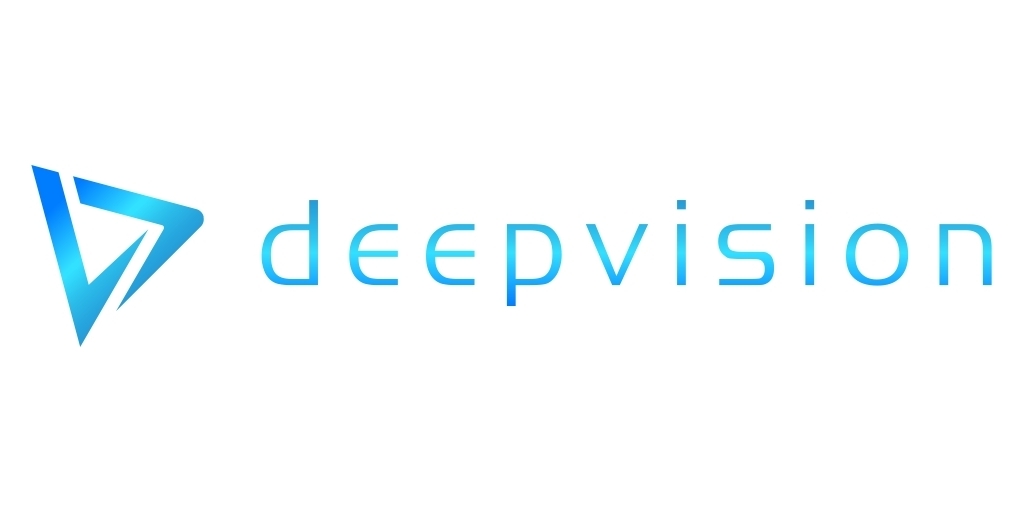
Deep Vision AI is a data labeling platform that uses a combination of human and machine intelligence to provide accurate and scalable labeling services. It supports a variety of annotation tasks, including image annotation, text classification, and object detection. Deep Vision AI also offers a powerful API for integrating with your machine learning pipelines.
There are some open source data labeling platform that works for small experiments are like CVAT and Labelimg amongs many other.
Conclusion
In conclusion, data labeling is a crucial task in building accurate machine learning models, and automated data labeling platforms have become a popular solution for efficiently and accurately labeling large datasets.
The top 10 best data labeling platforms for automated data labeling offer a variety of features and capabilities, including easy-to-use interfaces, support for different types of annotation tasks, quality control, collaboration, and API integrations with machine learning pipelines.
Consider your specific needs and requirements before choosing the right platform for your project. Ultimately, using an automated data labeling platform can save time, reduce costs, and improve the accuracy of your machine learning models.
FAQ
What types of data can I annotate using an annotation platform?
An annotation platform supports image, video, text, pdfs, audio data. Some image and videos file in 3 dimension as well like dicom, and point cloud. Some annotation platform supports them as well.How does annotation benefit machine learning projects?
How does annotation benefit machine learning projects?
Annotation helps ML models to understand the information inside the data. It is a pre-requisite for model to get trained. We need to make data understandable for model to trained and generate prediction.
What is the difference between manual and automated annotation?
Manual annotation is where annotator has to draw the annotation and tagging all by themselves which is very time consuming but it always give better results, where as automated annotation is where AI enable platform generate the prediction by itself.
Generally automated labeling results are not highly accurate but it can be improved by manual annotation afterwards. The advantage of automated annotation is that it reduces the time taken in overall annotation process.
Book our demo with one of our product specialist
Book a Demo
